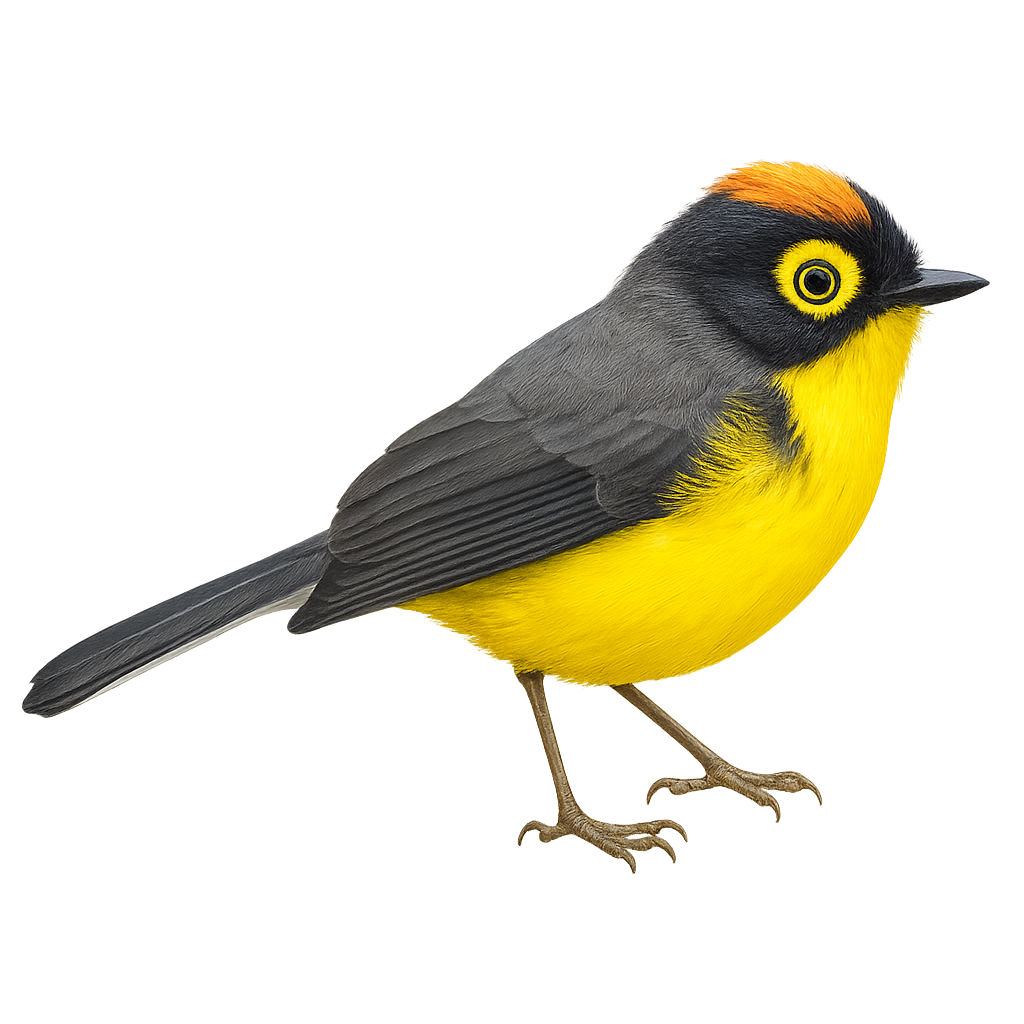Your wildlife photography guide.
Explore the spectacled whitestart in detail, study its behavior, prepare your shots.
Where to observe and photograph the spectacled whitestart in the wild
Learn where and when to spot the spectacled whitestart in the wild, how to identify the species based on distinctive features, and what natural environments it inhabits. The WildlifePhotographer app offers tailored photography tips that reflect the spectacled whitestart’s behavior, helping you capture better wildlife images. Explore the full species profile for key information including description, habitat, active periods, and approach techniques.
Spectacled Whitestart
Scientific name: Myioborus melanocephalus

IUCN Status: Least Concern
Family: PARULIDAE
Group: Birds
Sensitivity to human approach: Suspicious
Minimum approach distance: 10 m
Courtship display: May to July
Incubation: 12-14 jours
Hatchings: May to July
Habitat:
montane forests, dense undergrowth
Activity period :
Primarily active during the day, with peak activity in the morning and late afternoon.
Identification and description:
The Spectacled Whitestart is a small songbird from the Parulidae family, primarily found in the mountainous forests of Central and South America. It is distinguished by its black head contrasting with its bright yellow body and gray wings. Its melodious song is often heard in dense undergrowth where it primarily feeds on insects. Known for its active behavior, it moves swiftly through foliage. Although generally discreet, it can be observed during its foraging movements. Its presence is an indicator of the health of the forest ecosystems it inhabits.
Recommended lens:
400mm – adjust based on distance, desired framing (portrait or habitat), and approach conditions.
Photography tips:
To photograph the Spectacled Whitestart, choose sunny mornings when the bird is most active. Use a 400mm or longer telephoto lens to capture detailed images without disturbing the bird. Be patient and discreet, as this bird is suspicious. Look for areas with dense vegetation, as this is where it forages. A tripod can be helpful to stabilize your camera and achieve sharp shots. Pay attention to natural light to highlight the bird's bright colors.
The WildlifePhotographer App is coming soon!
Be the first to explore the best nature spots, track rutting seasons, log your observations, and observe more wildlife.
Already 1 431 wildlife lovers subscribed worldwide

